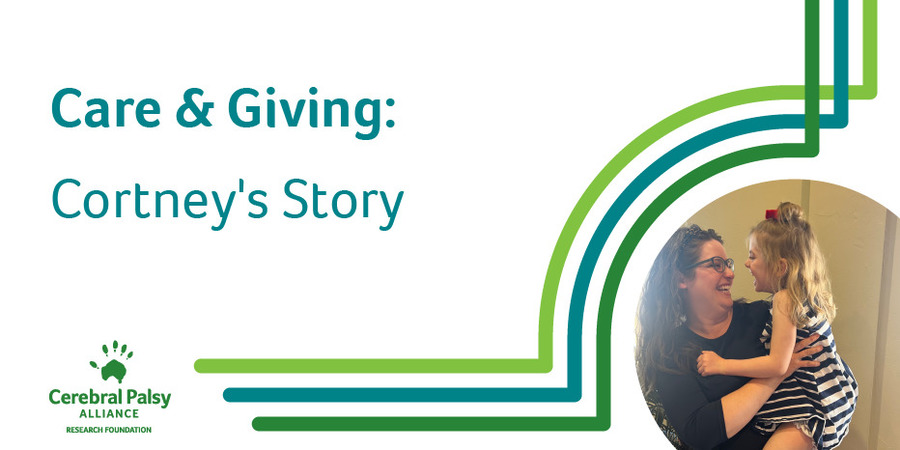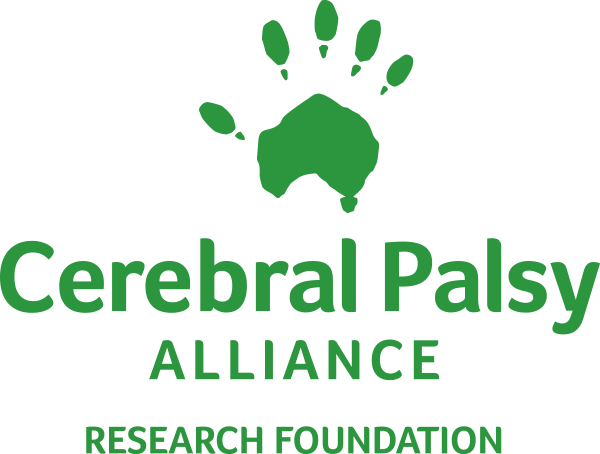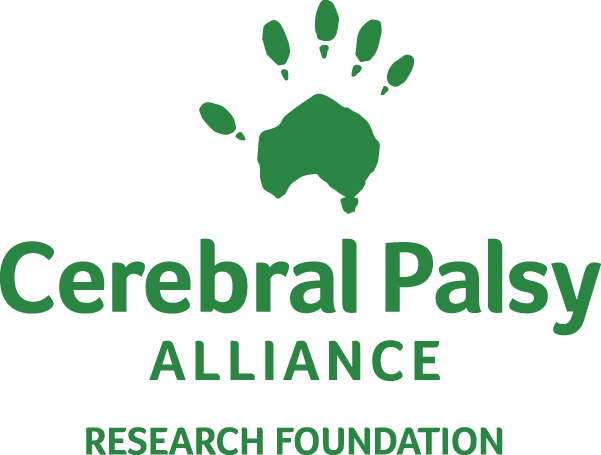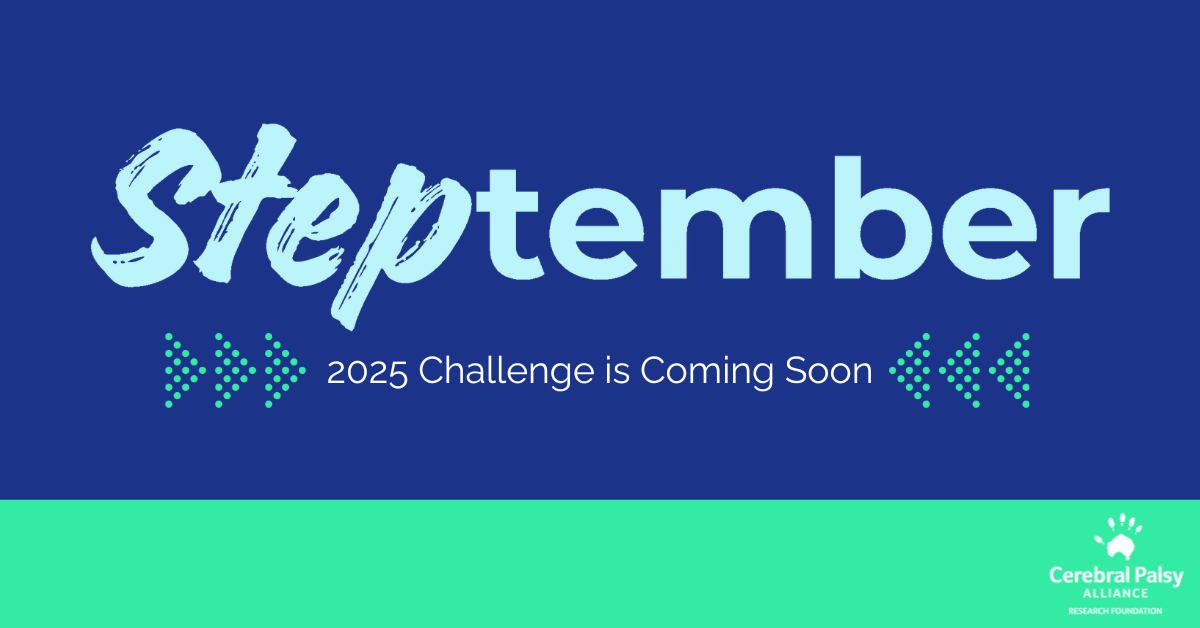
CARE & GIVING: Cortney’s Story*
Cortney’s final entry explores the importance of connection and community.
Community has mattered for me because I can’t understand what Scarlett is going through, and at five, she doesn’t yet have the full vocabulary to express it. Also, I never knew anyone with CP before my daughter’s diagnosis and have only met a few adults with CP since. However, my child with CP is eventually going to be an adult with CP, so I have felt it is important for me to better understand what it is like for adults with disabilities.
I recently had the opportunity to chat over Zoom with Jocelyn and Katy at CPARF. Jocelyn and Katy are adults with CP, and we had connected during STEPtember. They were so incredibly kind to take the time to speak with me and share about their experiences. I learned so much from our conversation and left with a better idea of how I can help Scarlett.
I am learning so much about Scarlett’s brain and body through all the doctors’ appointments we go to and research that I have done on my own. Jocelyn and Katy reminded me that I need to make sure I share this knowledge with Scarlett when she is old enough so that she has a thorough understanding of her diagnosis. It may sound simple or obvious, but I may not have thought to share proactively. My advice: if you are a parent of a child with CP, find and connect with an adult or adults with CP.
Finally, if your child was recently diagnosed with cerebral palsy, it is going to be okay. My anxiety certainly peaked shortly after Scarlett was diagnosed because things were so uncertain, and the learning curve was very steep. However, once I started asking questions, learning, talking to health care professionals, doing my own research, and meeting adults with cerebral palsy and other families of children with CP, my anxiety declined and my acceptance and determination has increased.
My focus has instead shifted to eliminating barriers, providing her with information about her disability, and empowering her to handle the challenges that will come. I do not minimize how cerebral palsy can affect her or how it is a part of her, but I try to maximize her ability to thrive with her disability.
Moved by this story? Donate to CPARF to keep cerebral palsy research and disability innovation moving forward.
*Cortney's story is part of CARE & GIVING. This series covers a few different aspects of the cerebral palsy community. It features the experiences of those who care about and for people with cerebral palsy, including parents and caregivers, therapists, paraprofessionals, and other allies. It also highlights donors who have made it their mission to move cerebral palsy forward, because care and giving go hand in hand.
The CARE & GIVING blog is intended solely to raise awareness about the varied human experience with cerebral palsy and shouldn't be read or construed to contain any medical advice or medical endorsement by Cerebral Palsy Alliance Research Foundation. Only you and your doctor know what's best for you. Please consult your doctor for medical advice.
Wed 21 May 2025
Are you ready for STEPtember 2025? We’re officially in double digits — CPARF is celebrating 10 years of funding groundbreaking cerebral palsy research and driving innovation forward. And there’s no better way to mark this milestone than with our biggest, boldest STEPtember yet. Thanks to you, STEPtember has grown into a global movement that powers […]
Thu 15 May 2025
Celebrate Your Birthday with Purpose: Start a Fundraiser That Changes Lives Birthdays are for joy, reflection, and connection — and now, they can help fund groundbreaking research, fuel innovation in assistive technology, and create lasting change for people with cerebral palsy and other disabilities. Celebrate your special day by starting a customized birthday fundraiser to […]



